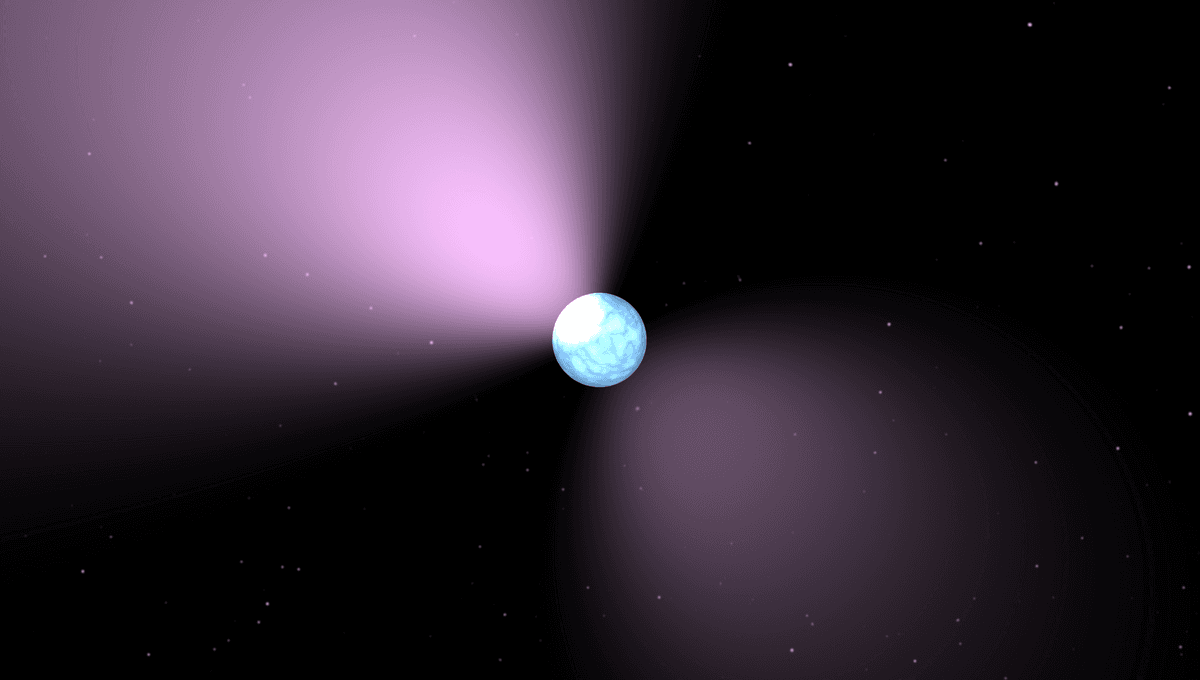
As far as we know, the fastest things in the universe are photons of light, closely followed by subatomic particles, be they in particle accelerators or high-energy astronomical situations. However, when people ask what the fastest thing in the universe is, they probably don’t mean something far too small to see. The search for the fastest macroscopic object is more interesting, but still requires some definition.
The universe, we know, is expanding. Which means everything is traveling away from everything else. The more distant an object is, the faster it is receding, so relative to us, the fastest moving object in the universe is also the most distant. That’s a record that gets broken all the time, particularly when a new instrument like the JWST arrives on the scene. Since it started operating last year, the JWST has discovered several new candidates for the furthest galaxy, and it’s a safe bet new ones will come along all the time.
However, to any inhabitants of those galaxies, they would not appear to be moving fast at all. We are seeing them not long after the Big Bang, when they would certainly not have been inhabited. However, even if they did have any observers, it would seem to them that only some very distant galaxies were moving away at pace – not only would their own galaxy appear stationary, but nearby ones would not be moving fast.
Consequently, a more relevant way to frame the question is to seek the fastest moving object relative to those nearby. Something that would appear to be shooting past to observers in its vicinity, but where someone on its surface would see everything around as moving very fast, giving them a major hint they and the galaxy were on different paths.
Humanity’s fastest product, the Parker Solar Probe, has reached velocities of 532,000 kilometers per hour (330,500 miles per hour) relative to the Sun, and is set to go 30 percent faster yet if nothing goes wrong. This, however, is a snail’s pace by the standards of some planets we have found, racing around their stars. For example, the object SWIFT J1756.9-2508b orbits a pulsar in less than an hour, which translates to an average speed of about 766 kilometers per second (476 miles per second), or around 0.2 percent of the speed of light.
Black holes spiraling around each other can reach speeds much faster than that, but we usually only find out about it from the gravitational wave after they’ve merged. An exception is the two orbiting each other inside PKS 2131-021, but at the moment these still take two years to circle each other, although the process is speeding up.
If you’re looking for linear motion, some stars get flung out of the galaxy by being too close to a supernova or as part of a three-way gravitational dance. The fastest known of these only have velocities of less than 1,000 kilometers per second (600 miles per second), relative to the galaxy itself.
Estimates are still tentative, but this black hole is estimated to be traveling faster still, at 1,600 kilometers per second (994 miles per second) compared to the galaxy it left.
Since all the objects we find like this are a long way from Earth, however, we can only see the large bright ones. It’s likely fainter stars, or even planets, are getting the same treatment, but ending up moving much faster as the same impetus has more effect on a smaller mass.
On the other hand, there is the fact, care of astronomer Rami Mandow, that inspired this article. The pulsar PSR J1748-2446ad rotates 716 times a second (what is known as a millisecond pulsar) in the globular cluster Terzan 5. With an estimated radius of 16 kilometers (10 miles) that means its equator is travelling about 70,000 kilometers per second (43,500 miles per second), or 24 percent of the speed of light. Only its exceptionally dense nature as a neutron star holds it together.
No doubt there are faster-spinning pulsars out there waiting to be found, just as there must be faster objects using other measures, but rotating at almost a quarter of the speed of light surely deserves some respect.
Source Link: What Is The Fastest Solid Object We Know?